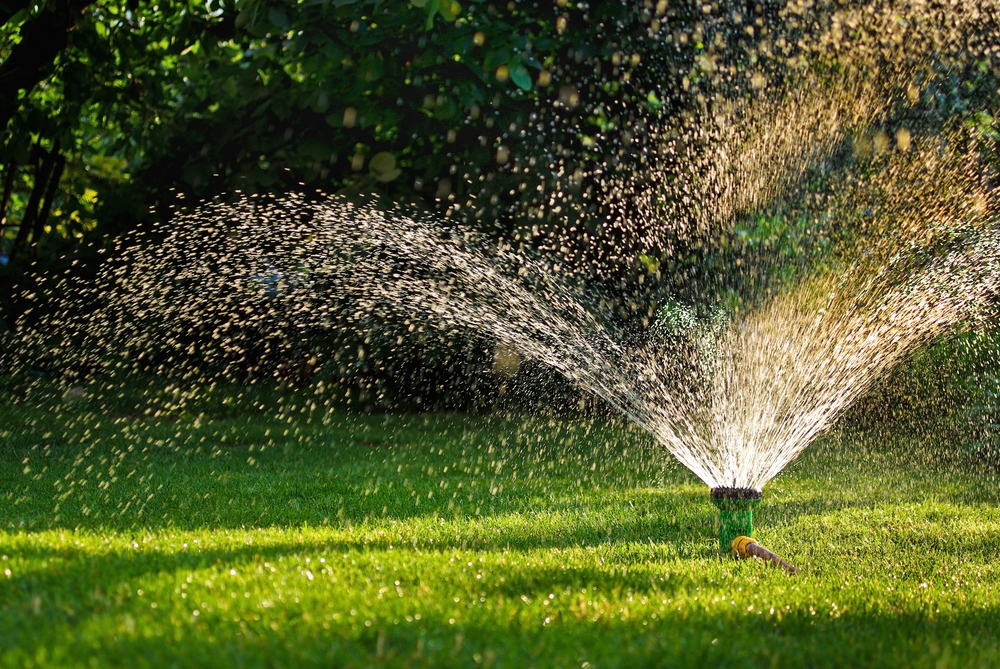A well-maintained lawn is a source of pride for homeowners, offering a beautiful space for relaxation and recreation. One of the critical factors in maintaining a healthy lawn is an efficient and effective irrigation system. With various options available, choosing the best system for your lawn can be daunting. This article explores the top irrigation systems, their benefits, and how to select the right one for your needs.
Sprinkler Systems
Types of Sprinkler Systems:
Fixed Spray Sprinklers: Ideal for small to medium lawns, these systems have a fixed spray pattern and are great for areas with consistent water needs.
Rotary Sprinklers: Suitable for larger lawns, rotary sprinklers cover a more extensive area with a rotating stream, providing even water distribution.
Impact Sprinklers: Known for their durability, these sprinklers are effective for large lawns and withstand various weather conditions.
Benefits:
Uniform water distribution.
Adjustable for different lawn sizes.
Automated options available.
Considerations:
May require professional installation.
Regular maintenance needed to ensure efficiency.
Drip Irrigation Systems
Overview:
Drip irrigation systems deliver water directly to the roots of plants through a network of tubes and emitters. While traditionally used for gardens, they can be adapted for lawns.
Benefits:
Highly water-efficient, reducing wastage.
Minimizes weed growth by targeting specific areas.
Lowers the risk of fungal diseases by keeping foliage dry.
Considerations:
Initial setup can be more labor-intensive.
May not be suitable for all lawn types, especially large or uneven areas.
In-Ground Irrigation Systems
Overview:
In-ground systems involve a network of pipes installed below the surface, connected to pop-up sprinkler heads that emerge when watering is scheduled.
Benefits:
Aesthetic appeal with no visible hoses or pipes.
Automated and programmable for convenience.
Even water coverage across the lawn.
Considerations:
Higher installation costs.
Requires professional installation and regular maintenance.
Smart Irrigation Systems
Overview:
Smart irrigation systems incorporate technology such as weather sensors, soil moisture sensors, and smartphone connectivity to optimize watering schedules and amounts.
Benefits:
Saves water by adjusting to weather conditions.
Provides detailed control and monitoring via smartphone apps.
Can reduce water bills through efficient usage.
Considerations:
Higher initial investment.
Requires a reliable internet connection for optimal performance.
Choosing the Right Irrigation System
Factors to Consider:
Lawn Size and Shape: Larger lawns may benefit from rotary or impact sprinklers, while smaller lawns might do well with fixed spray sprinklers or drip systems.
Soil Type: Sandy soils drain quickly and may need more frequent watering, whereas clay soils retain water longer and may require less frequent irrigation.
Climate: In areas with irregular rainfall, smart irrigation systems can adapt to changing conditions, ensuring efficient water use.
Budget: Consider both the initial installation cost and long-term maintenance expenses.
Professional Advice:
Consulting with a landscaping or irrigation professional can provide personalized recommendations based on your lawn’s specific needs and conditions. They can also ensure that the system is installed correctly and operates efficiently.
Investing in the right irrigation system is crucial for maintaining a vibrant, healthy lawn. Whether you opt for a traditional sprinkler system, a water-efficient drip irrigation setup, or a high-tech smart system, each option has unique benefits that can cater to your lawn’s specific requirements. By evaluating your lawn’s characteristics and your budget, you can select an irrigation system that will keep your lawn green and lush while conserving water and reducing maintenance efforts.
Maintenance and Optimization Tips
Once you have chosen and installed the best irrigation system for your lawn, maintaining and optimizing it is essential to ensure its longevity and efficiency. Here are some maintenance tips and strategies for getting the most out of your irrigation system:
Regular Inspections and Maintenance
Check for Leaks:
Inspect the system for any leaks or broken components regularly. Leaks can lead to water wastage and uneven watering.
Clean Sprinkler Heads:
Over time, dirt and debris can clog sprinkler heads, reducing efficiency. Regularly clean the heads to ensure proper water flow.
Adjust Sprinkler Heads:
Ensure that the sprinkler heads are correctly aligned to avoid watering sidewalks, driveways, or other non-target areas. This helps conserve water and ensures your lawn gets the moisture it needs.
Monitor Water Pressure:
High or low water pressure can affect the performance of your irrigation system. Use a pressure gauge to check the water pressure and adjust it if necessary.
Seasonal Adjustments
Winterization:
In colder climates, it’s essential to winterize your irrigation system to prevent damage from freezing temperatures. This typically involves draining the system and insulating exposed components.
Spring Startup:
When starting your system in the spring, perform a thorough inspection and test run. Check for any damage that may have occurred over the winter and make necessary repairs.
Seasonal Scheduling:
Adjust your watering schedule based on the season. Lawns typically need more water during the hot summer months and less during cooler, rainy seasons.
Efficient Watering Practices
Water Early in the Morning:
Watering early in the morning reduces evaporation and allows the grass to absorb moisture before the heat of the day.
Water Deeply and Infrequently:
Deep watering encourages root growth, making your lawn more drought-resistant. Avoid frequent shallow watering, which can lead to weaker roots.
Use Rain Sensors:
Installing rain sensors can help prevent overwatering by automatically shutting off the system during rainfall.
Group Plants with Similar Water Needs:
If you have garden beds or landscaped areas, group plants with similar water needs together. This allows for more precise watering and reduces wastage.
Leveraging Technology
Smart Controllers:
Upgrade to a smart irrigation controller that adjusts watering schedules based on weather forecasts and soil moisture levels. This ensures efficient water use and healthy lawn maintenance.
Soil Moisture Sensors:
Installing soil moisture sensors can provide real-time data on soil conditions, helping to optimize watering schedules and avoid overwatering.
Mobile Apps:
Many modern irrigation systems come with mobile app support, allowing you to monitor and control your system remotely. Utilize these apps to make real-time adjustments based on weather changes or specific lawn needs.
Maintaining a green, lush lawn requires more than just installing an irrigation system. Regular maintenance, seasonal adjustments, and efficient watering practices are key to ensuring your system operates at its best. By leveraging technology and adhering to best practices, you can conserve water, reduce costs, and enjoy a beautiful lawn year-round.
Selecting the right irrigation system and maintaining it properly will result in a healthier lawn, lower water bills, and contribute to environmental sustainability. Whether you choose a traditional sprinkler system, an in-ground setup, or a high-tech smart system, taking these steps will help you achieve and maintain the lawn of your dreams.






